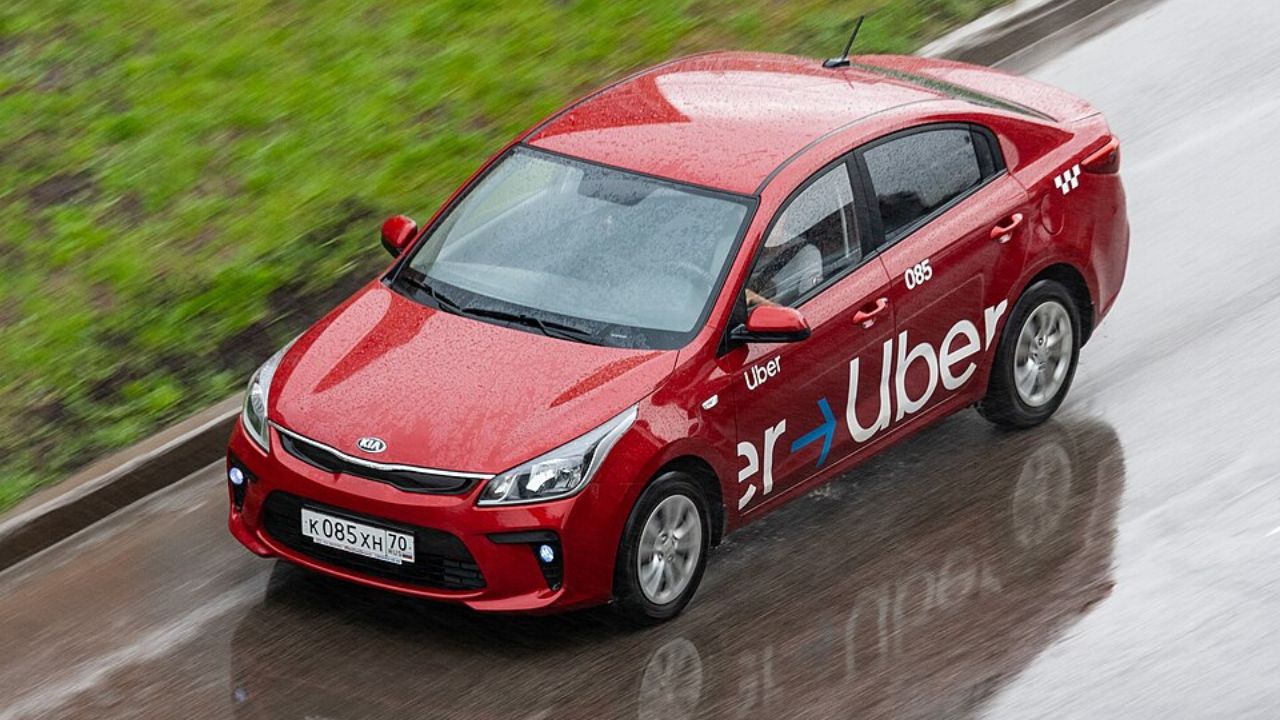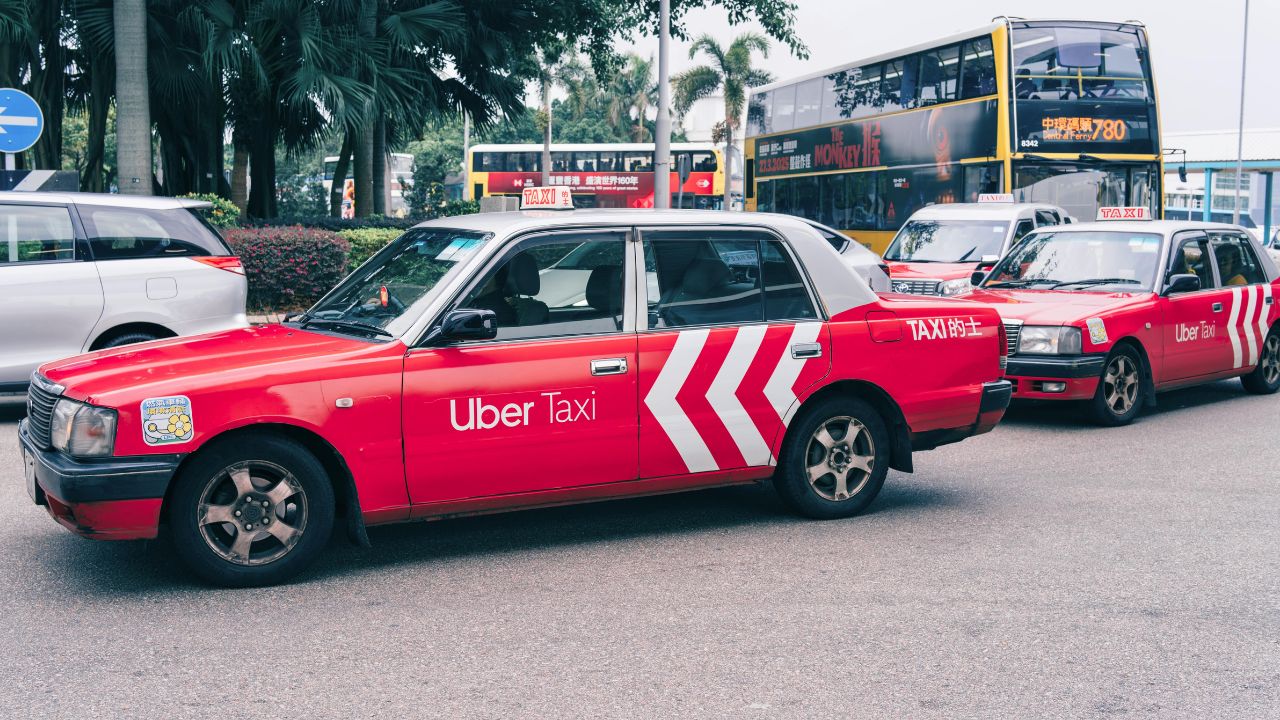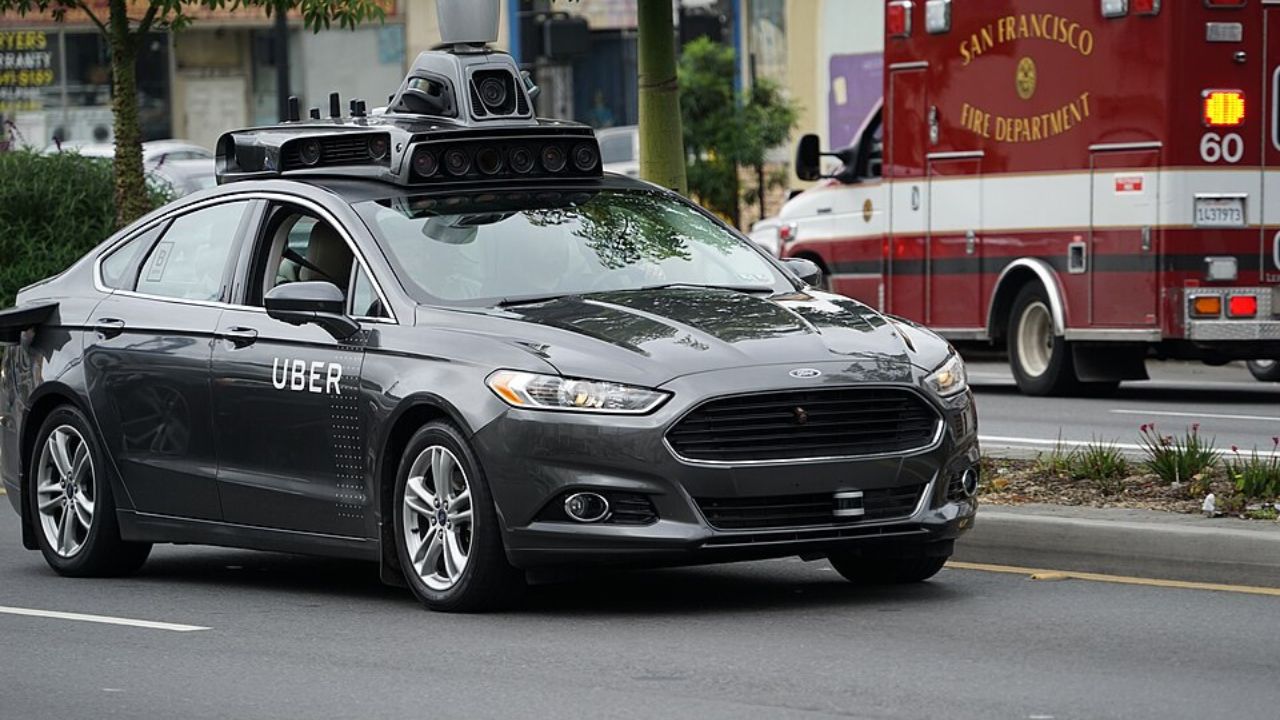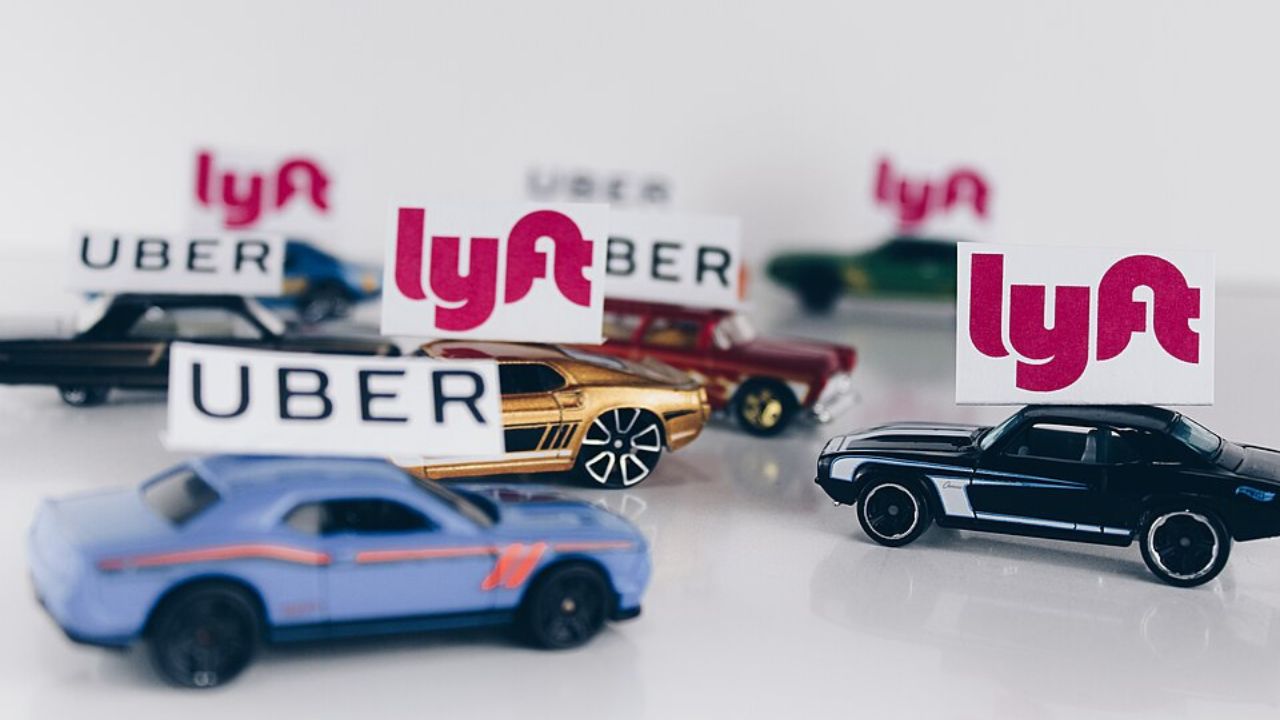The advent of ride-sharing services has revolutionized the way people think about transportation, creating a significant shift in the traditional economics of car ownership. From cost savings and environmental effects to changes in consumer behavior and urban planning, these services are reshaping how individuals approach their mobility needs.
The Financial Implications of Ride-Sharing

When comparing the costs of owning a personal vehicle with using ride-sharing services like Uber or Lyft, the financial implications become evident. The average annual cost of owning a car, including fuel, insurance, maintenance, and depreciation, can easily exceed $9,000. Meanwhile, frequent users of ride-sharing services often find that their monthly expenses are considerably lower, especially if they live in urban areas where public transportation options are readily available. This cost difference can be a compelling reason for individuals to reconsider the necessity of owning a personal vehicle.
In addition to direct cost savings, ride-sharing reduces the need for personal car insurance and maintenance expenses. Insurance premiums can be a significant financial burden, particularly for younger drivers or those living in areas with high accident rates. By relying on ride-sharing, users can eliminate this cost entirely. Similarly, maintenance and repair costs, which can fluctuate unpredictably, no longer factor into the equation for those who choose to forgo vehicle ownership.
The demand shift also affects car depreciation and resale markets. With fewer people purchasing new vehicles, the depreciation rates of cars may slow, impacting their resale value. This trend is particularly noticeable in urban centers where the convenience of ride-sharing outweighs the benefits of owning a car. As demand for personal vehicles declines, the automotive market must adjust its strategies to align with these evolving consumer preferences.
Environmental and Social Impact

Ride-sharing services contribute to environmental sustainability by reducing the overall number of vehicles on the road. This decrease leads to lower emissions and a reduced carbon footprint, aligning with global initiatives to combat climate change. Studies have shown that carpooling options within ride-sharing apps, such as Uber Pool and Lyft Shared, further enhance these benefits by maximizing passenger capacity and minimizing the number of trips made.
However, the impact of ride-sharing on urban traffic and congestion is more complex. While fewer personal vehicles might suggest less congestion, the constant circulation of ride-sharing vehicles can actually contribute to traffic in certain areas. Cities like New York and San Francisco have seen increased congestion in central areas due to the high demand for ride-sharing services. Urban planners are now tasked with finding a balance between these services and the efficient flow of traffic.
Social equity is another critical aspect of ride-sharing’s impact. For individuals who cannot afford a personal vehicle, ride-sharing offers an accessible transportation alternative. However, the availability and affordability of these services can vary significantly across different socio-economic groups and geographic locations. Ensuring equitable access to ride-sharing services remains a challenge that must be addressed to avoid exacerbating existing inequalities.
Consumer Behavior and Lifestyle Changes

The rise of ride-sharing reflects a broader cultural shift from the traditional ownership model to a preference for leasing or sharing vehicles. This change is particularly pronounced among younger generations, who often value experiences over material possessions. The flexibility and convenience of ride-sharing services appeal to this demographic, which is less inclined to commit to long-term financial responsibilities like car ownership.
Ride-sharing’s convenience and flexibility are undeniable. With apps like Uber and Lyft, users can summon a ride with just a few taps on their smartphones, often with shorter wait times compared to traditional taxis. This ease of use, coupled with the ability to choose from various vehicle types and service levels, enhances the overall appeal of ride-sharing compared to owning a car, which requires parking, fueling, and regular maintenance.
Ride-sharing also impacts public transportation by offering a complementary or competing option. In some cases, it serves as a last-mile solution, connecting users to public transit systems. In other scenarios, ride-sharing may compete directly with buses and subways, particularly in areas where public transportation is less reliable or efficient. The interplay between these modes of transportation continues to evolve as cities adapt to changing mobility trends.
Economic Impact on the Automotive Industry

The rise of ride-sharing has led to noticeable changes in car sales and the automotive industry’s sales strategies. As more consumers opt for ride-sharing services instead of purchasing personal vehicles, car manufacturers are experiencing shifts in demand. This trend is prompting automakers to explore new business models, such as partnerships with ride-sharing companies or developing vehicles specifically designed for shared use.
Innovation and adaptation are key for car manufacturers in this new landscape. Companies like General Motors and Ford are investing in ride-sharing platforms and exploring autonomous vehicle technology to stay competitive. These innovations not only cater to the growing preference for shared mobility but also position manufacturers to capitalize on future trends, such as the integration of autonomous vehicles into ride-sharing fleets.
The impact of ride-sharing extends beyond car sales to ancillary industries, including auto repair shops and gas stations. With fewer personal vehicles on the road, demand for maintenance services and fuel may decrease. Businesses in these sectors are being challenged to adapt by diversifying their offerings or targeting new customer segments to remain viable.
Future Trends and Predictions

The future of ride-sharing is closely linked to the development of autonomous vehicles. Companies like Waymo and Tesla are at the forefront of this technology, which promises to redefine the ride-sharing landscape. Autonomous vehicles could significantly reduce the cost of ride-sharing services by eliminating the need for drivers, making them an even more attractive alternative to car ownership.
Ride-sharing expansion is poised to continue, with emerging markets offering significant growth potential. Regions with limited public transportation infrastructure, such as parts of Africa and Southeast Asia, present opportunities for ride-sharing companies to establish a foothold. As these services expand, they will likely influence transportation habits and car ownership trends on a global scale.
The long-term economic shifts resulting from changes in car ownership and transportation habits are still unfolding. As societies move towards shared mobility solutions, industries related to automotive sales, insurance, and urban development will need to adapt. Embracing these changes presents opportunities for innovation and progress, ultimately reshaping how individuals and communities navigate their world.
Like Fast Lane Only’s content? Be sure to follow us.
Here’s more from us:
*Created with AI assistance and editor review.






Leave a Reply